This project proposes a Low-cost way of virtual instrumentation for real-time monitoring of the PV panel characteristics such as voltage, current and power. The system design is based on a low-cost Arduino acquisition board. The acquisition is made through a low-cost current and voltage sensors, and data are presented in Excel by using the PLX-DAQ data acquisition Macro.
The structure of the equipment used is shown in the Figure below. The PV current and voltage are obtained through the current and voltage sensors. The output of the two sensors is then transmitted to the microcontroller of the Arduino UNO board. During the acquisition process, the data obtained are stored and plotted in real-time in the Excel spreadsheet.
This project is linked to this research paper.
Explanatory video:




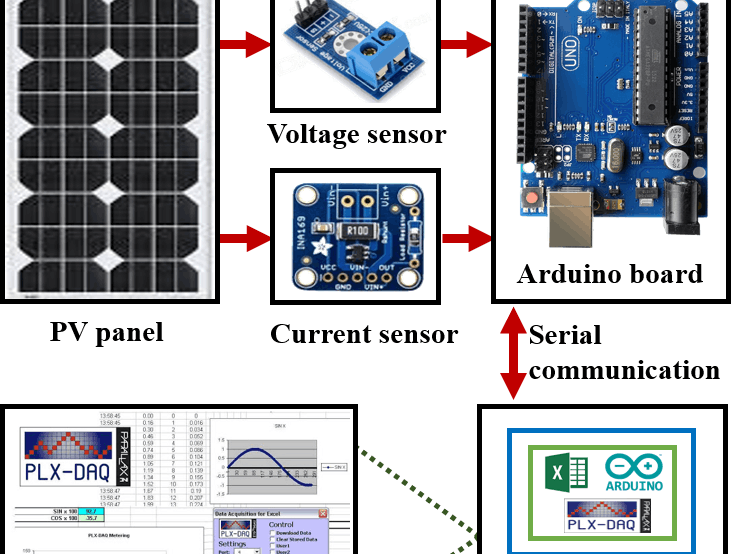
_ztBMuBhMHo.jpg?auto=compress%2Cformat&w=48&h=48&fit=fill&bg=ffffff)
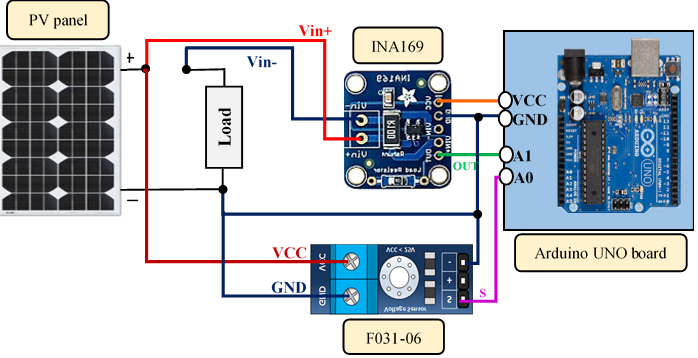

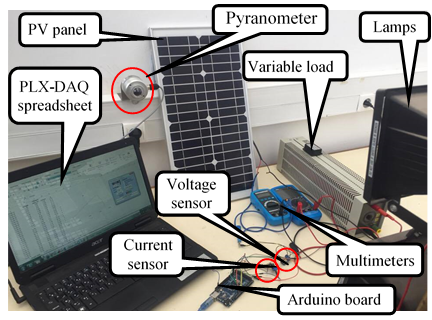
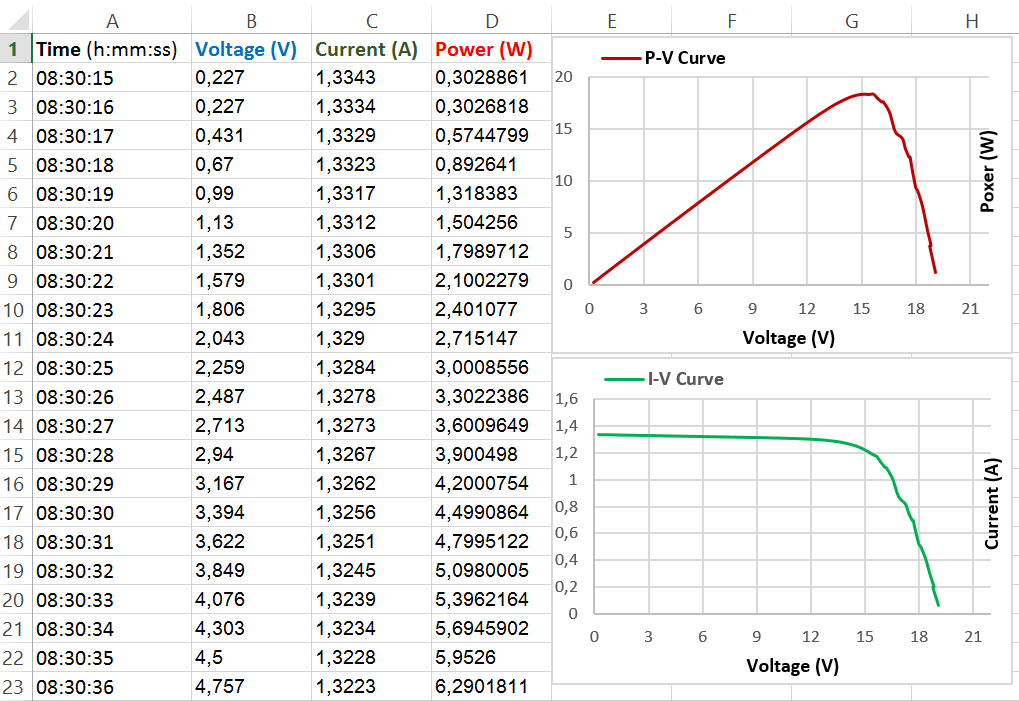
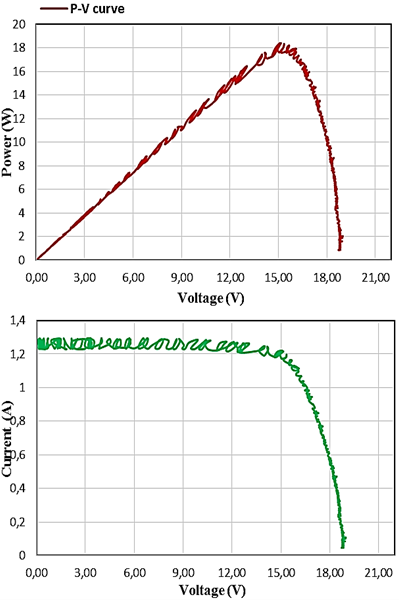





Comments